That is interesting, I would look into why that is happening. Is this made of Ytong?
- Formiculture.com
- Forums
- Gallery
- Members
- Member Map
- Chat

That is interesting, I would look into why that is happening. Is this made of Ytong?
Yes. You should read the thread; I tell all about it. ![]()

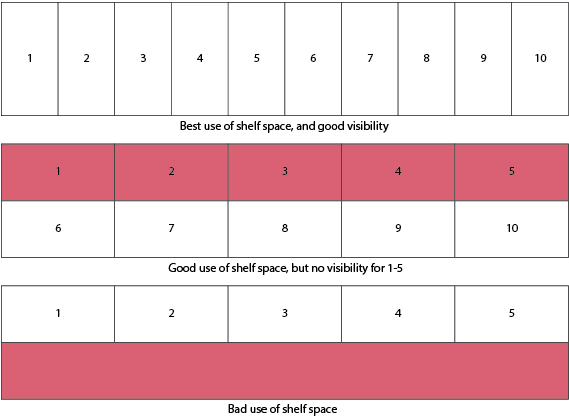
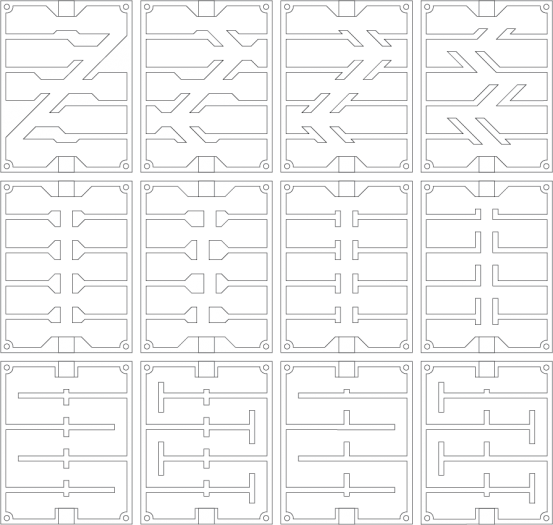
Agree on natural nests. ![]()
I like the 2nd from the right on the first row.
The good man is the friend of all living things. - Gandhi
From the very top left design, go down 2 then right 2. I really see success with that design, and the flow from chambers to the exit is not very far so the ants don't waste as much trying to get out/in.
The one to the right of the design looks like it can hold more brood/food (depending on species) if the nest is going to be vertical.
Edited by Gaige Daughtrey, October 28 2014 - 1:04 PM.
It makes me laugh that you have so many ants, shelf space needs to be considered! ![]() rofl
rofl
Agree on natural nests.
I do too, if they are there to be displayed. These are not exactly for that purpose; they are more for storage (which also explains why I want them space-efficient). It's kind of like going camping, and when looking at the motor-home saying "yeah I don't know, I'm more into sports cars".
It makes me laugh that you have so many ants, shelf space needs to be considered!
rofl
Haha, it's not just that. It never makes sense to spread stuff out and take up more table space, shelf space, or counter top area than necessary. Many things are designed to be space efficient. Even if I lived in a mansion, I would still want to keep my ant keeping area confined. I would rather there be more formicariums in my field of view, than empty, unusable shelf space. It's mainly an organization thing.
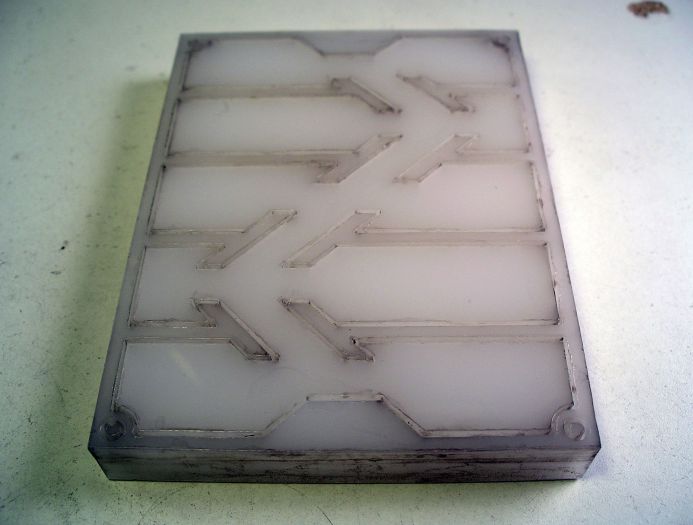
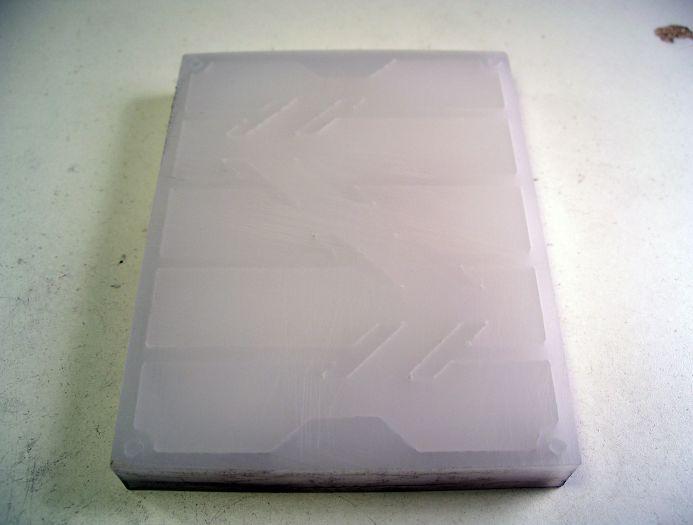
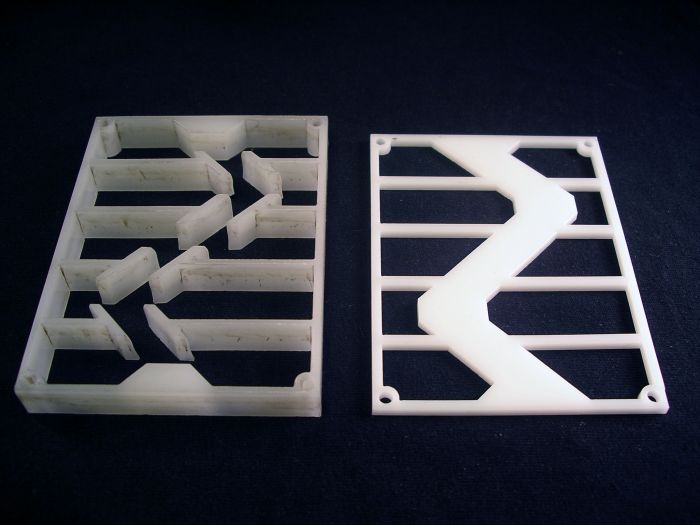
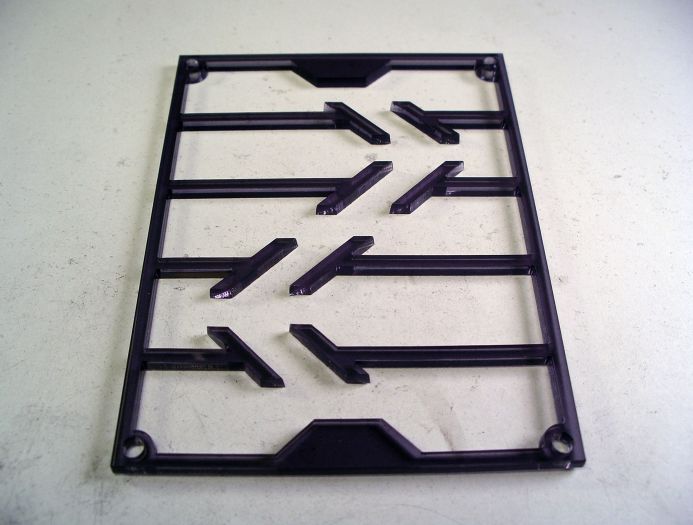
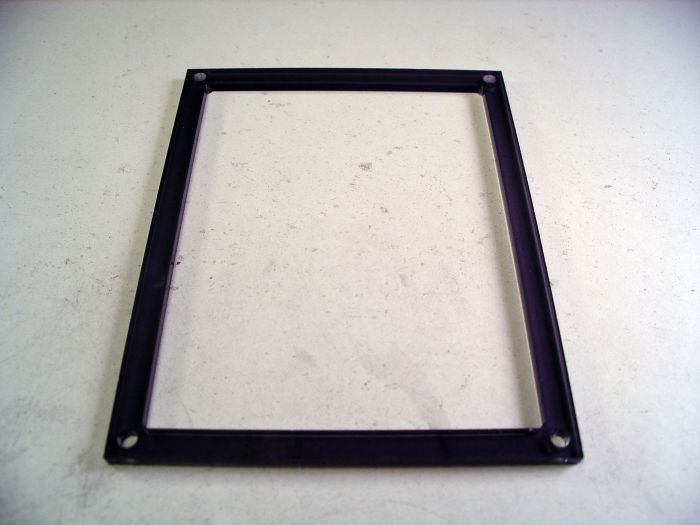
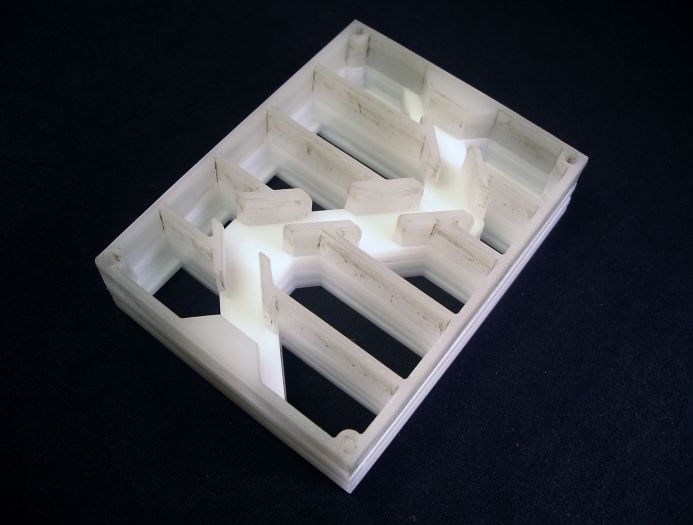
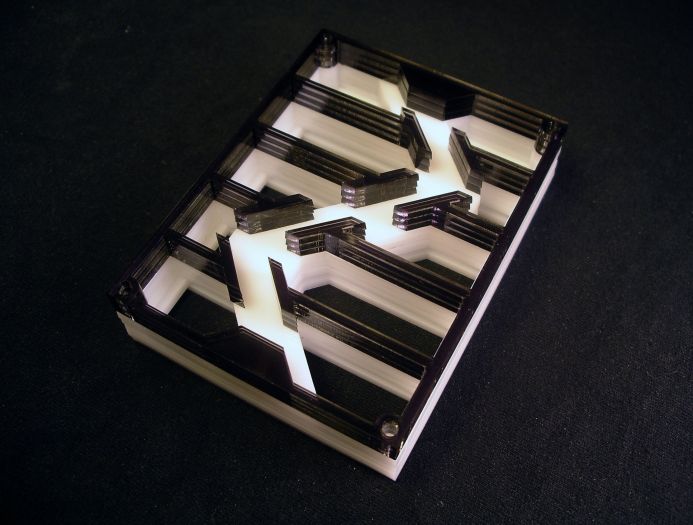
You made it much wider than I originally thought.
Looks good. I like how you layered the black with the white.
So, where are the ants? ![]()
I assume water evaporation will maintain your humidity, like in your original ytong one?
"Always do right. This will gratify some people, and astound the rest." -- Samuel Clemens
You made it much wider than I originally thought.
Looks good. I like how you layered the black with the white.
Thanks. Yeah, those colors were just what I had available in those sizes at the time.
I assume water evaporation will maintain your humidity, like in your original ytong one?
Yes. These will work the same way, only the Ytong will only make up the back wall, similar to a test tube setup.
Are you going to sell these?
Probably, if they're not too much trouble to make.
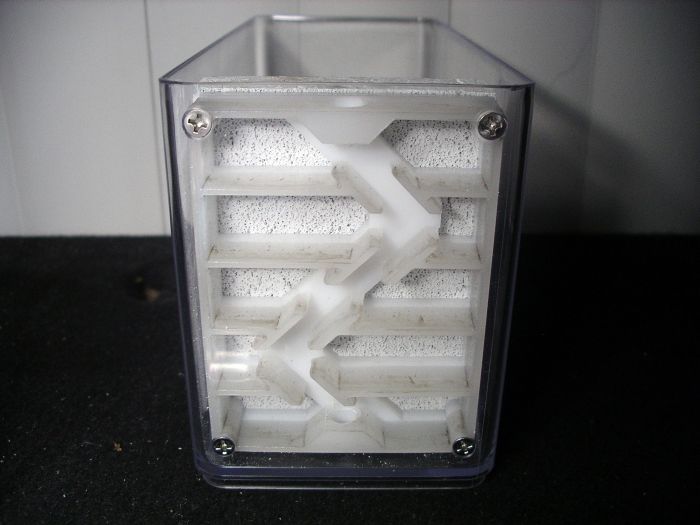
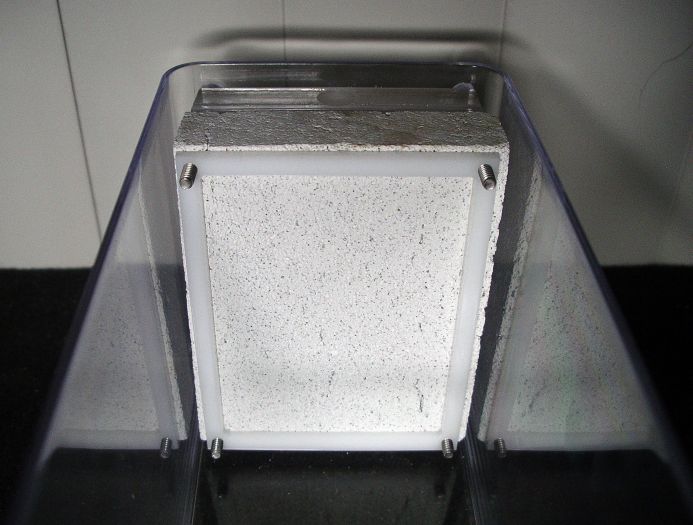
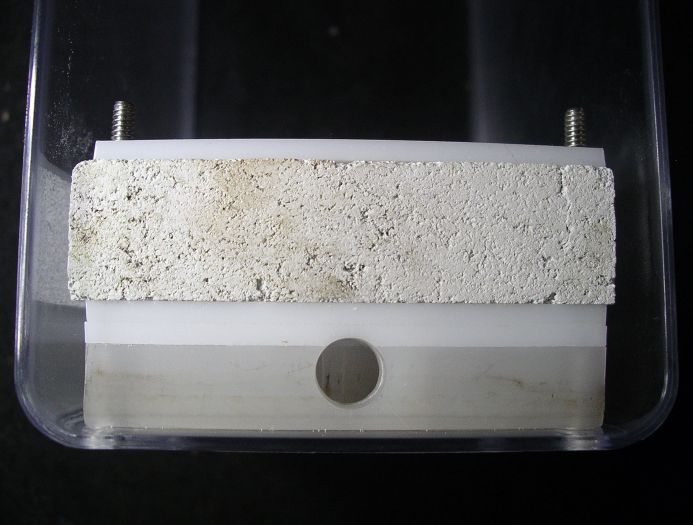
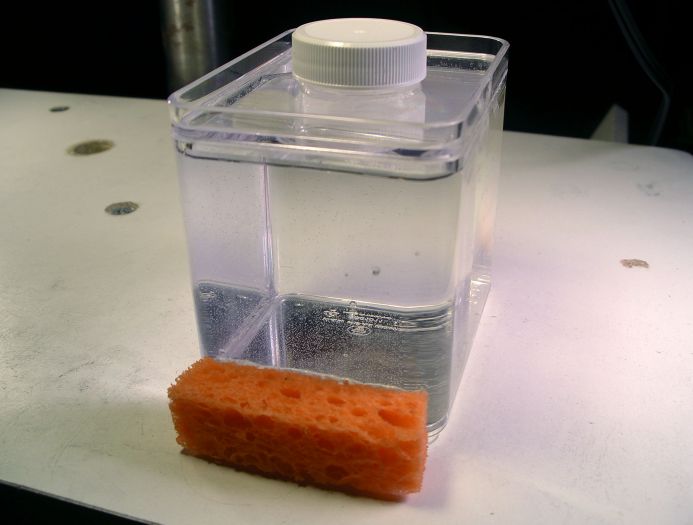
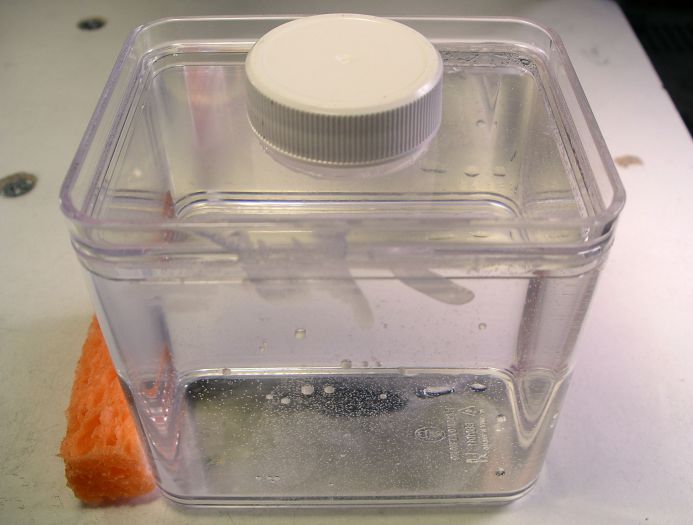
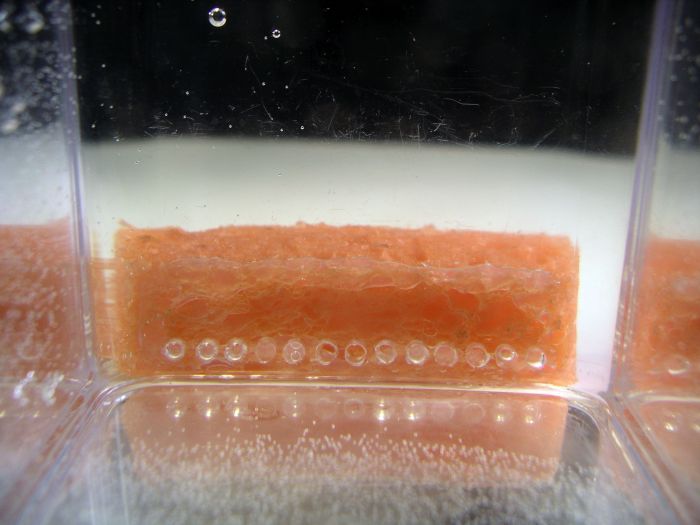
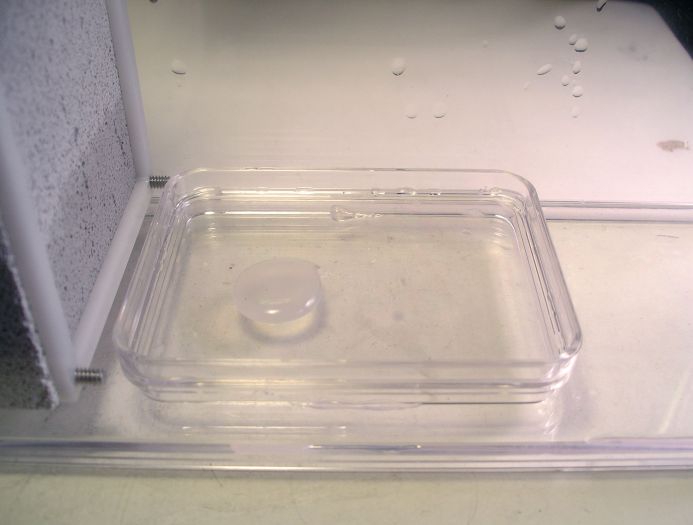
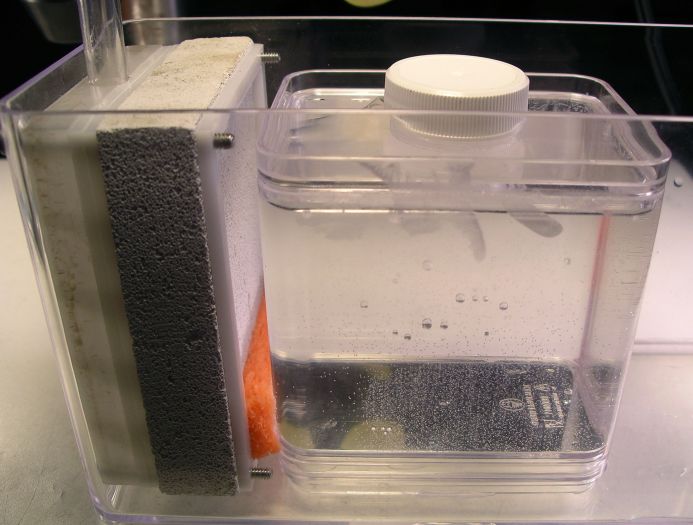
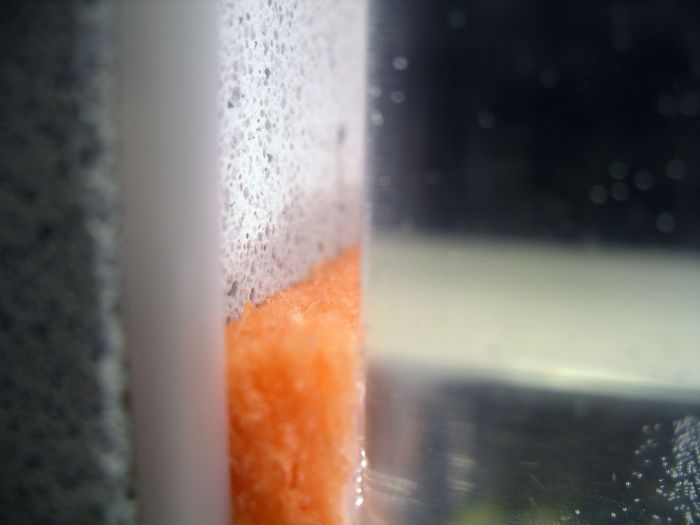
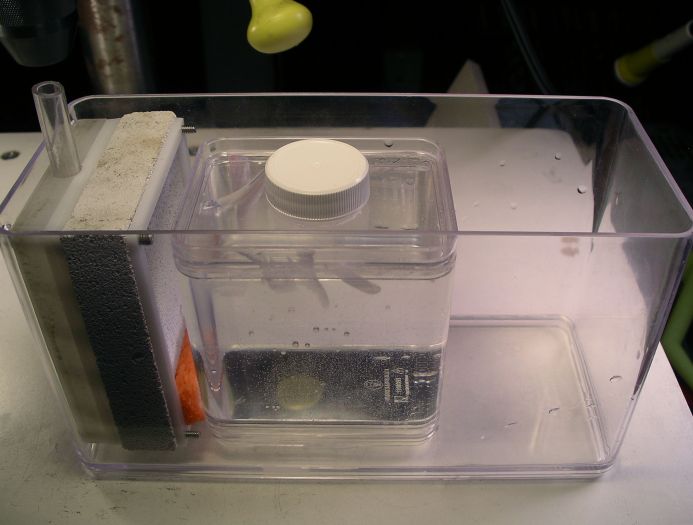
You could place another nest setup on right side and use it to house two ant colonies instead of one. Of course, dividing the outworld would be a must.
In the very beginning, I tried making a formicarium that would hold three small colonies, but later thought it was a bad idea, because if one needs to be cleaned out or worked on in some way, you will have to disturb, or possibly even completely move the other colonies out first. I also have designed everything to the right size for only one colony the size of what would fit in that nest.
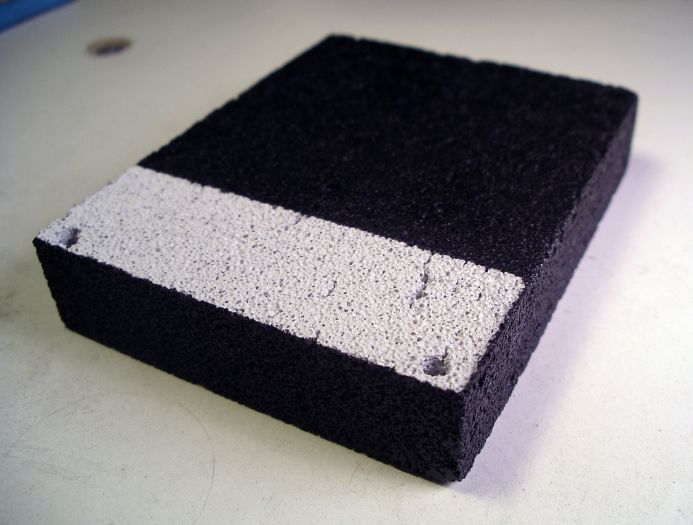
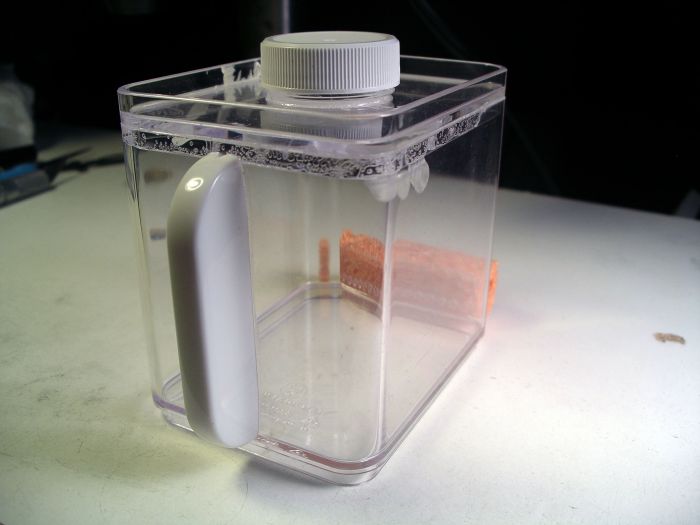
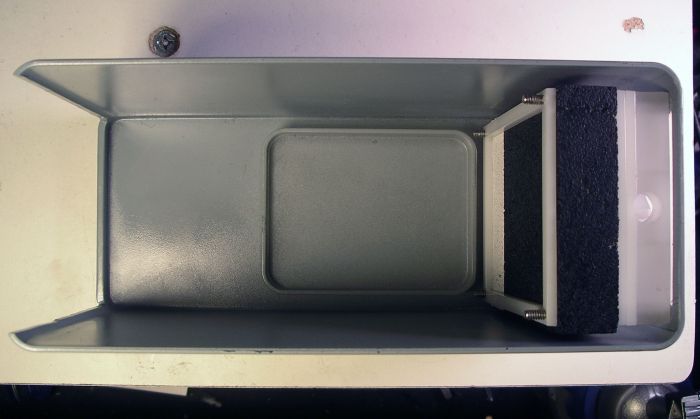
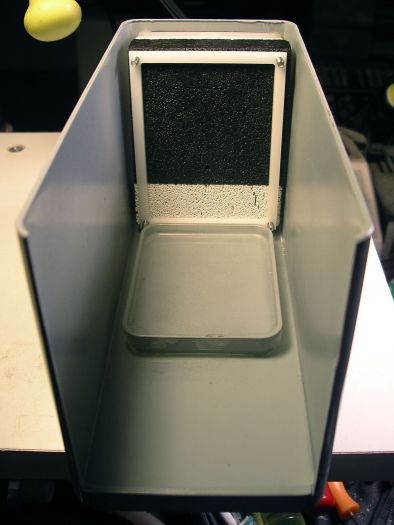
Edited by dspdrew, June 20 2020 - 8:42 PM.
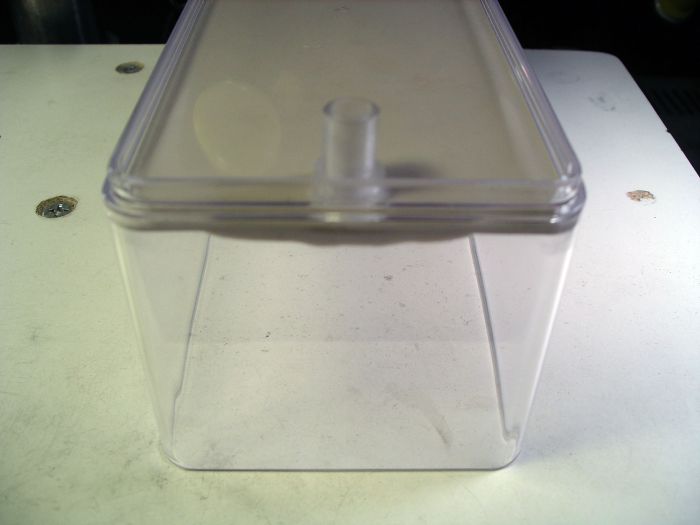
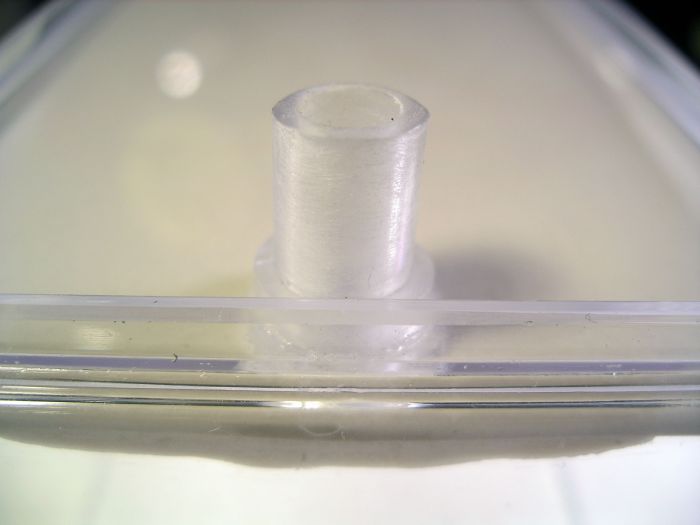
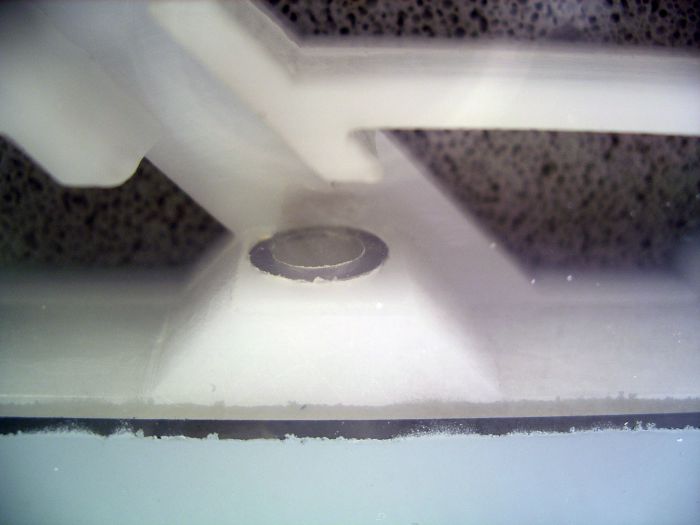
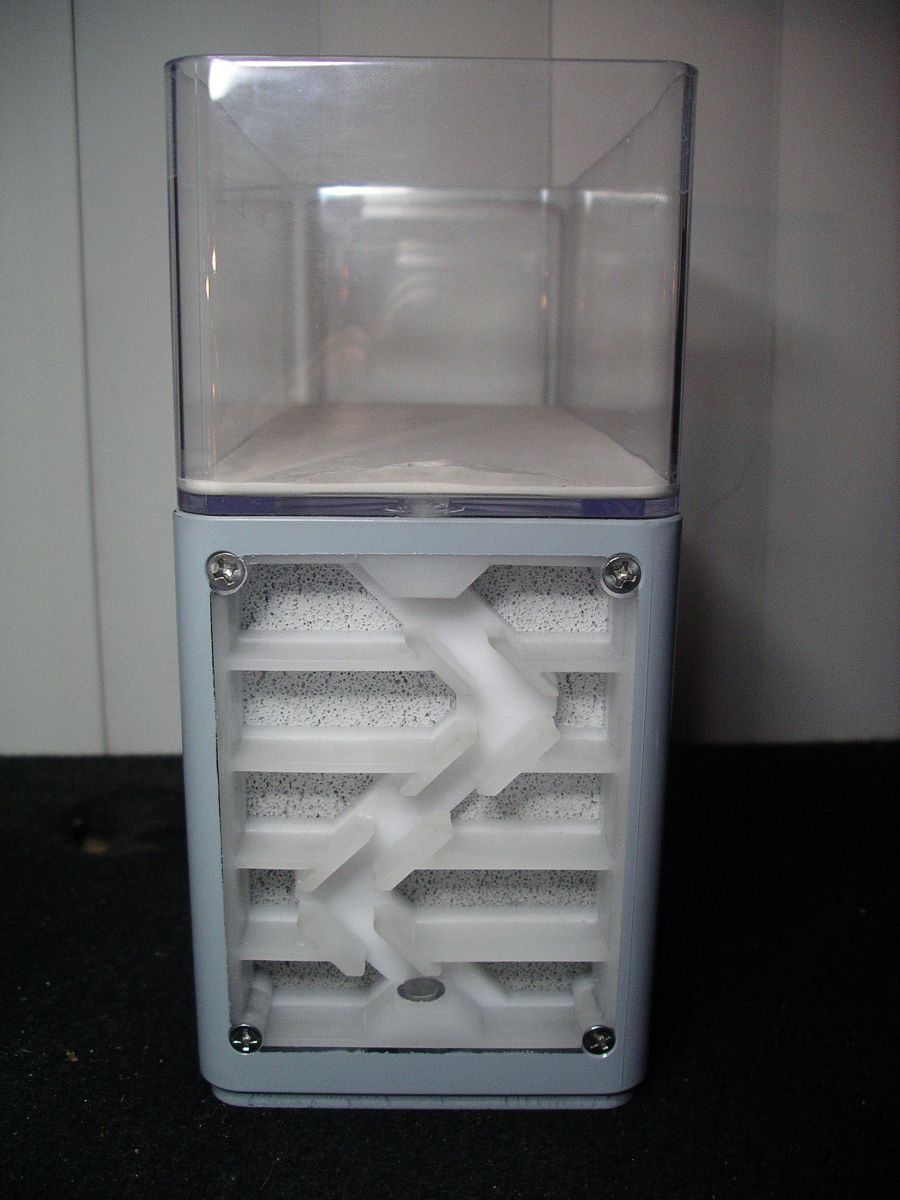
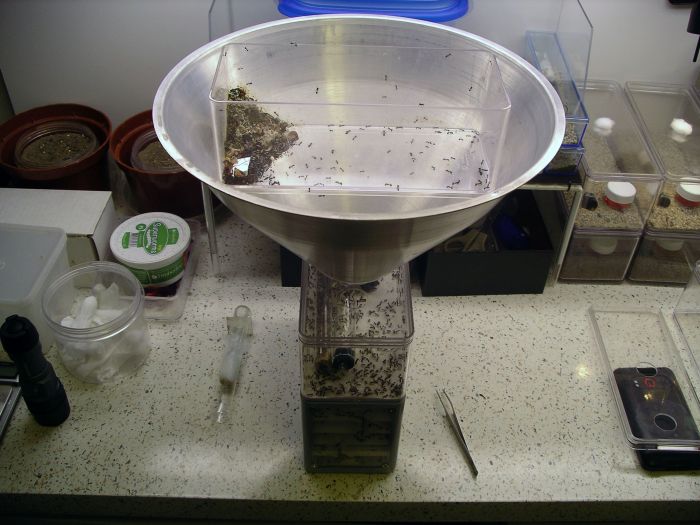
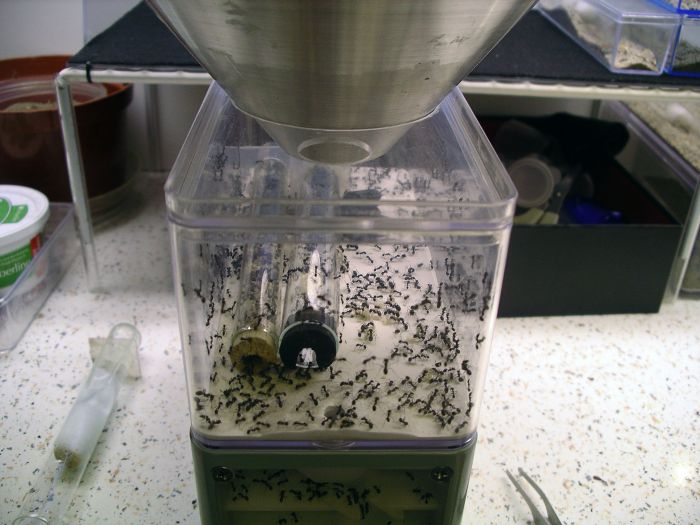
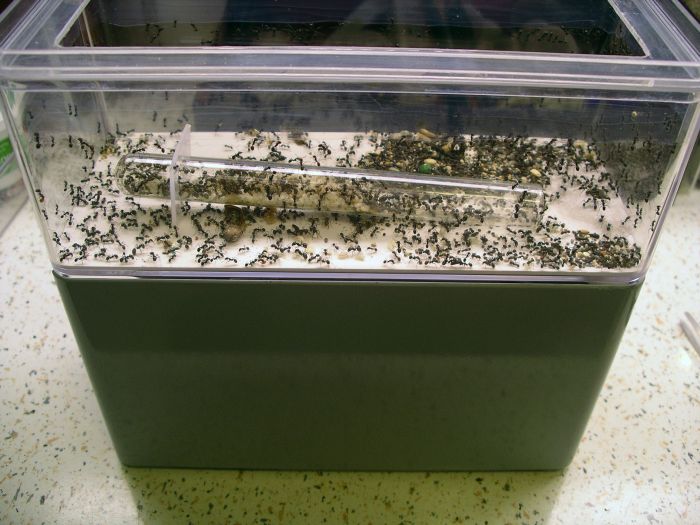
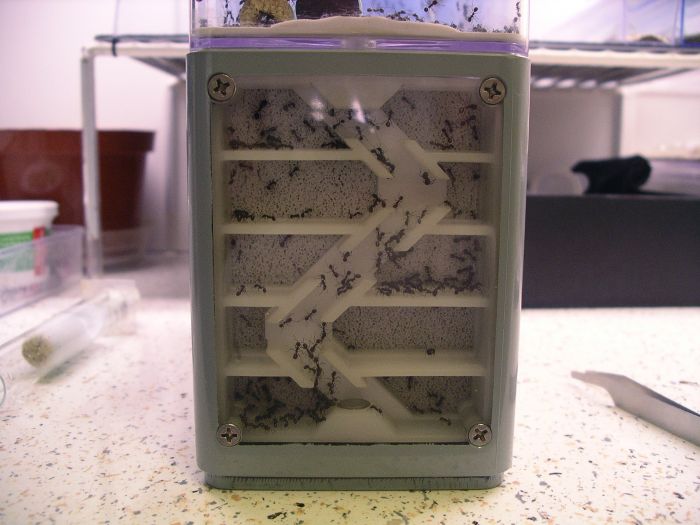
 |
Ant Keeping →
General Ant Keeping →
A Nest IdeaStarted by cooIboyJ , Mar 22 2025 |
|

|
|
Market Place →
General Market Place →
Trade: 3D-Printing Service for your Queens/Colonies (Los Angeles, CA)Started by JonathanH , Mar 4 2025 |
|

|
||
Market Place →
General Market Place →
Ender Ants: Naturalistic Formicariums & MerchandiseStarted by Ender Ants , Feb 7 2025 |
|

|
||
 |
Ants & Myrmecology →
General →
Starting off a shopStarted by OwlThatLikesAnts , Feb 3 2025 |
|

|
|
Ant Keeping →
General Ant Keeping →
Will ants tear through newspaper to expand their space?Started by Demomyrmex , Jan 26 2025 |
|

|
0 members, 1 guests, 0 anonymous users